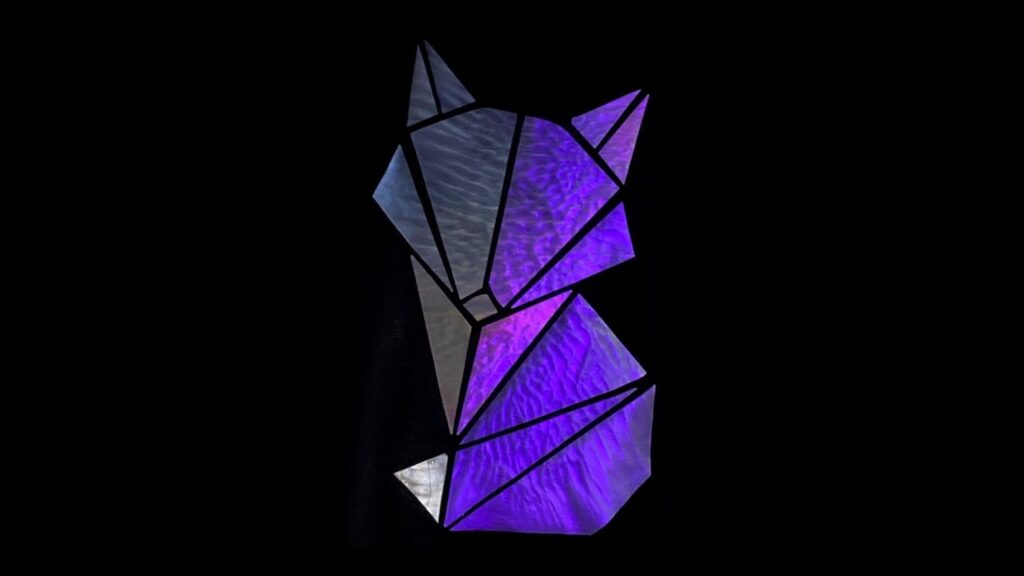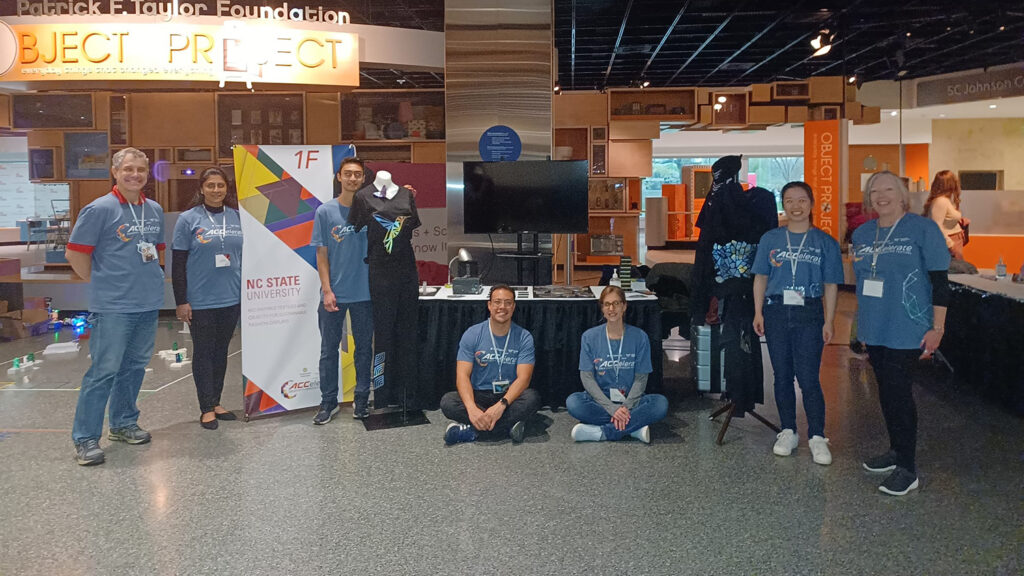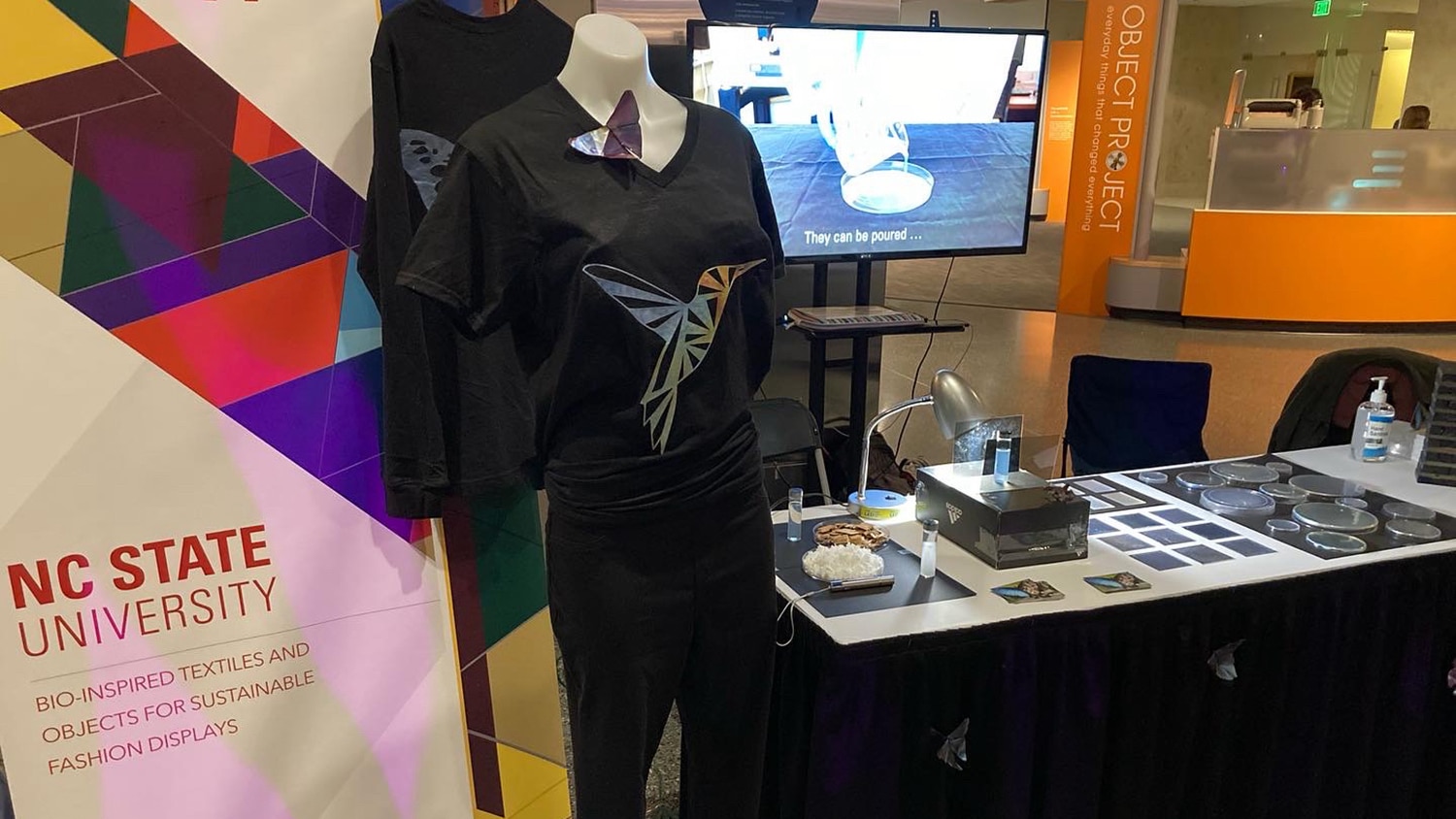While color is one of the primary indicators of sales success within the fashion industry, it’s also one of the world’s largest sources of water pollution. In fact, textile mills often dump residual dyes and hazardous chemicals into canals, streams and rivers.
At NC State, researchers from the College of Natural Resources and the Wilson College of Textiles have developed a process that could someday solve this problem — and it involves the use of nanoscopic particles extracted from wood.
“Textile mills use dyes and other coloration agents that are very toxic,” said Nathalie Lavoine, an assistant professor in the Department of Forest Biomaterials. “Using nanocellulose is a way forward to sustainable processing.”
Nanocellulose is a naturally occurring substance extracted from cellulose — the main substance of a plant’s cell walls. It’s divided into two types: nanocrystals and nanofibrils, both of which are biodegradable and non-toxic. The former is also stronger than steel.
With funding from the Research Opportunity Seed Fund Program at the Wilson College of Textiles, Lavoine and her collaborators have developed a process that allows them to use nanocellulose to produce clothing items with iridescent features resembling the rainbow-hued shimmer seen on fish scales, bird feathers and insect bodies.
“Researchers have known how to make iridescent films with these nanoparticles,” Lavoine said. “But until now, there was no way to apply these particles to textiles.”

The researchers extract cellulose from wood chips and the pulp used in papermaking and combine it with water, treating the resulting mixture with acid to uncover nanocrystals. They then purify the mixture to remove undesired components.
Once the purification process is complete, the researchers add the mixture to frames so that it can solidify into plastic-like films. Then, using a computer-aided design table, they cut the films into shapes and patterns that can be printed onto clothing items.
Lavoine said the use of nanocellulose in textiles ensures the sustainable use of natural resources, opening a path for novel uses of both low-grade wood and traditional timber sources. It could also reduce dye pollution from the fashion industry.
The United Nations Environmental Programme found that not only is the dyeing process for fabrics the second largest source of water pollution, but that the fashion industry alone is producing 20% of the world’s wastewater.
While Lavoine and her collaborators haven’t figured out how to provide all colors, they’re currently working on it. They’re also testing the application of nanocellulose on a variety of other items, including phone cases.
“We can extend this work to much more than textiles,” Lavoine said. “The only limit is our imagination.”

Lavoine and her collaborators recently presented their work at the 2022 ACCelerate Festival in Washington, D.C. The three-day event, hosted at the Smithsonian National Museum of American History, showcases “creative exploration and research at the nexus of science, engineering, arts and design” across the Atlantic Coast Conference.
Going forward, the researchers will collaborate with NSF I-Corps to commercialize their work. The training program aims to help NC State researchers transition their ideas and inventions into the marketplace through customer discovery and market research.
“There’s still a lot of research to be done,” Lavoine said. “But ultimately, we’d like to find one or two industry partners who can bring commercial value to this project.”
This post was originally published in College of Natural Resources News.
- Categories:



